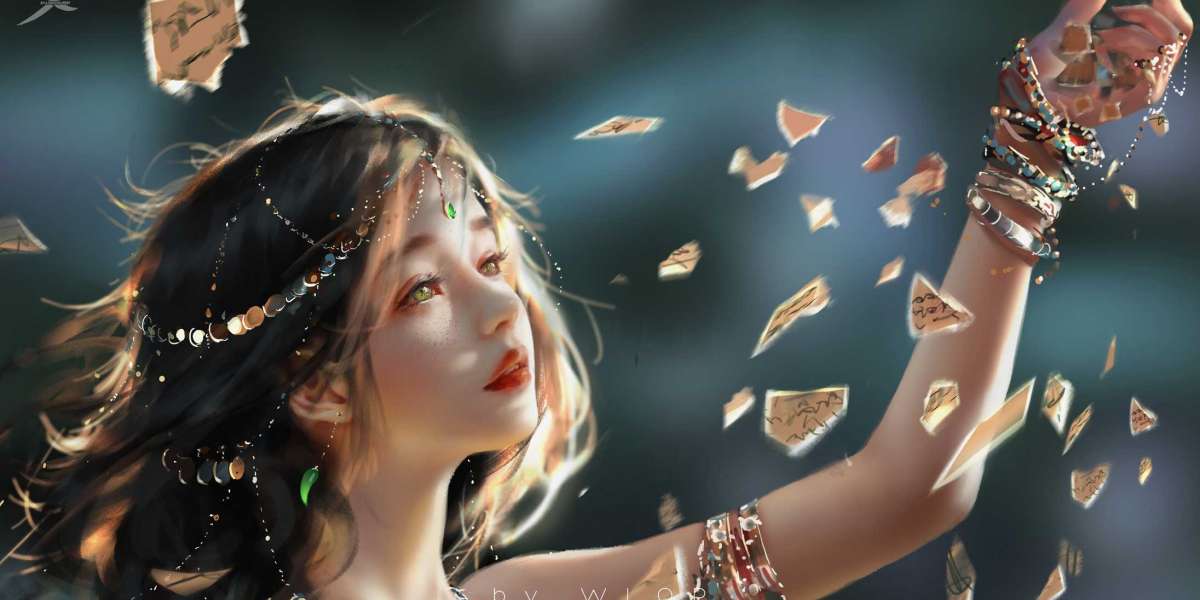Abstract wall art has transformed significantly over the decades, reflecting changes in culture, technology, and artistic expression. This genre of art, characterized by its departure from realistic representation, invites viewers to engage with their emotions and perceptions. But how did abstract wall art evolve, and what are its contemporary trends?

Early 20th Century: The Birth of Abstract Art
The early 20th century marked a pivotal moment in the history of abstract wall art. Artists like Wassily Kandinsky and Piet Mondrian began to explore non-representational forms, emphasizing color, shape, and line. This movement was not merely a rejection of realism; it was an invitation to experience art in a new way.
“The more abstract is a painting, the more it engages the viewer’s imagination.”This statement encapsulates the essence of abstract wall art, encouraging personal interpretation.
Mid-Century Modernism: A New Wave of Expression
As we moved into the mid-20th century, abstract wall art gained popularity in the modernist movement. Artists like Jackson Pollock and Mark Rothko introduced techniques that emphasized spontaneity and emotional depth. Their works often featured bold colors and dynamic forms, making them ideal for interior spaces. For instance, a piece like Rothko's "No. 61" can transform a room, providing a focal point that stimulates conversation and reflection.
Key Characteristics of Mid-Century Abstract Wall Art
- Use of vibrant colors
- Emphasis on emotional expression
- Innovative techniques, such as drip painting
Contemporary Trends: Abstract Wall Art Today
Today, abstract wall art continues to evolve, influenced by digital technology and global perspectives. Artists are now experimenting with mixed media, incorporating elements like photography and digital design. This fusion creates a diverse range of styles that cater to various tastes. For example, the "Modern Abstract Canvas Art" showcases a blend of traditional painting techniques with contemporary themes, making it a perfect addition to any modern interior.
Why Choose Abstract Wall Art for Your Space?
Choosing abstract wall art for your home or office can significantly enhance the aesthetic appeal of the space. Here are a few reasons to consider:
- It adds a touch of sophistication.
- It encourages creativity and inspiration.
- It can serve as a conversation starter.
Conclusion: The Lasting Impact of Abstract Wall Art
In conclusion, the journey of abstract wall art from the early 20th century to contemporary trends reflects a rich tapestry of artistic innovation. As you consider incorporating abstract wall art into your space, remember that it is not just decoration; it is an expression of emotion and thought. Whether you prefer the bold strokes of mid-century modernism or the subtle nuances of contemporary pieces, there is an abstract wall art piece that can resonate with you.
For more insights on abstract wall art, check out this informative video that delves deeper into its significance and impact.
References









